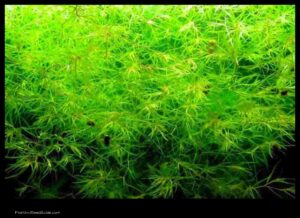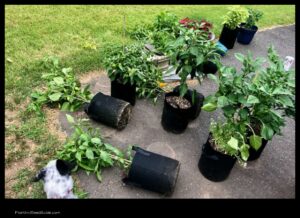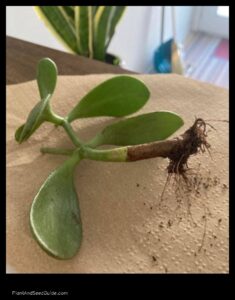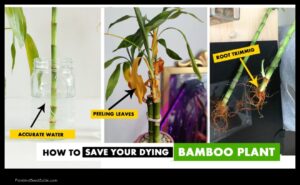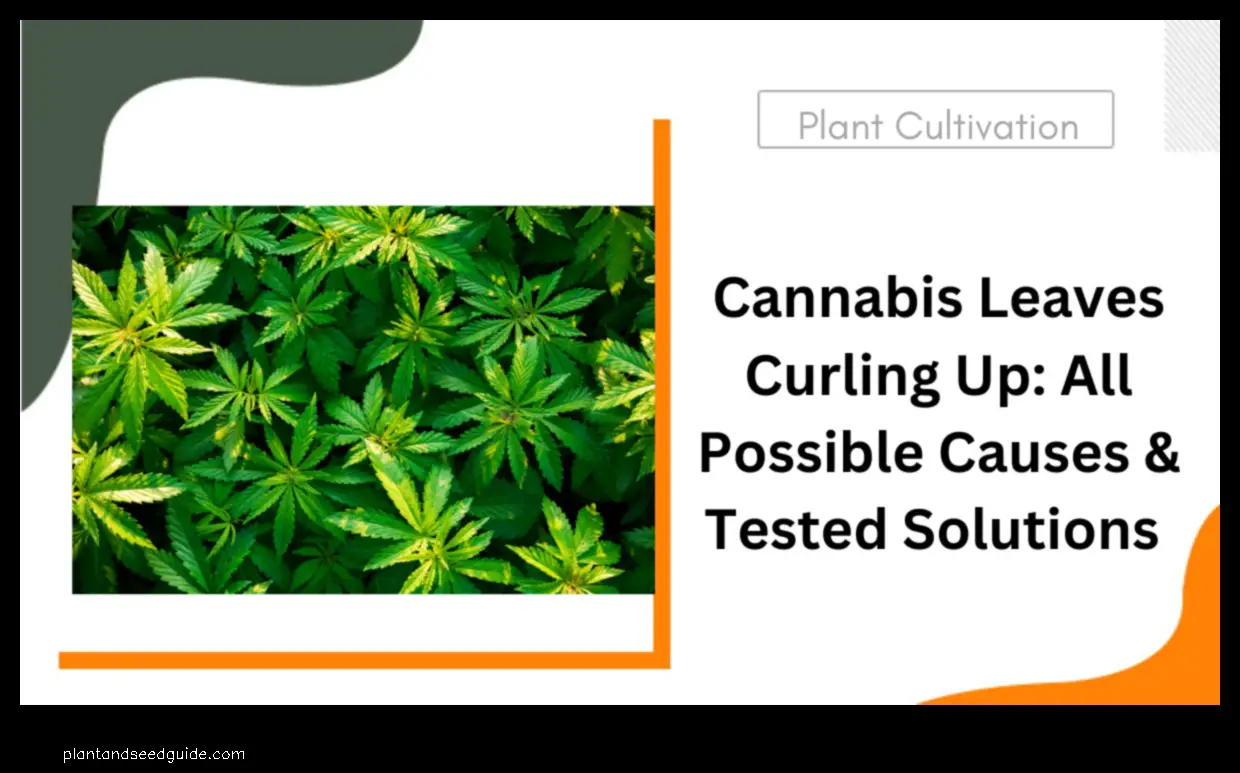
Leaf Curling Edges
Leaf curling edges is a common problem that can affect a variety of plants. There are a number of potential causes of leaf curling edges, including:
- Water stress
- Nutrient deficiency
- Insect infestation
- Disease
If you are experiencing leaf curling edges on your plants, it is important to first identify the cause of the problem so that you can take the appropriate steps to correct it.
Water stress
If your plants are not getting enough water, they will start to curl their leaves in an attempt to conserve water. This is because the leaves are the primary way that plants lose water through transpiration.
To determine if your plants are experiencing water stress, check the soil moisture. If the soil is dry to the touch, it is likely that your plants are not getting enough water.
To correct water stress, water your plants deeply and regularly. Make sure to water the soil around the plant, not just the leaves.
Nutrient deficiency
If your plants are not getting the nutrients they need, they may start to curl their leaves. This is because the leaves are the primary way that plants absorb nutrients from the soil.
To determine if your plants are experiencing a nutrient deficiency, you can have your soil tested. A soil test will tell you what nutrients your soil is lacking, and you can then add those nutrients to your soil to correct the deficiency.
Some common nutrient deficiencies that can cause leaf curling include:
- Nitrogen deficiency
- Phosphorus deficiency
- Potassium deficiency
- Magnesium deficiency
Insect infestation
If your plants are infested with insects, they may start to curl their leaves in an attempt to protect themselves from the insects.
To determine if your plants are infested with insects, check the leaves and stems for signs of damage. Look for small holes, chewed leaves, or frass (insect droppings).
If you find evidence of insect infestation, you can treat your plants with an insecticidal soap or neem oil.
Disease
If your plants are infected with a disease, they may start to curl their leaves as a symptom of the disease.
To determine if your plants are infected with a disease, you can have your plants inspected by a qualified horticulturist.
Some common diseases that can cause leaf curling include:
- Leaf spot
- Rust
- Powdery mildew
- Verticillium wilt
Prevention
There are a number of things you can do to prevent leaf curling edges on your plants, including:
- Water your plants regularly and deeply.
- Fertilize your plants according to the package directions.
- Inspect your plants regularly for signs of pests or diseases.
- Prune your plants to remove diseased or damaged leaves.
By following these tips, you can help to keep your plants healthy and prevent leaf curling edges.
</>
| Topic | Feature |
|---|---|
| Leaf curl | The leaves of a plant curl up |
| Leaf edges curling | The edges of the leaves curl up |
| Curling leaves | The leaves of a plant curl up and down |
| Leaf edges turning brown | The edges of the leaves turn brown |
| Leaf edges turning yellow | The edges of the leaves turn yellow |
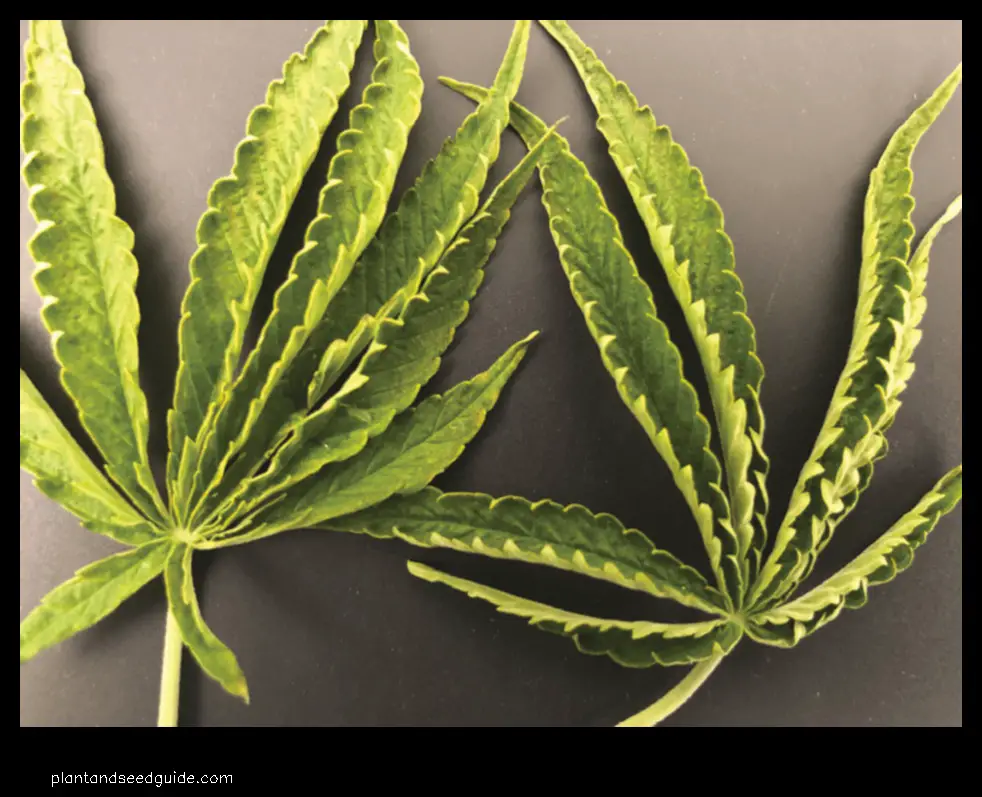
ICauses of leaf curling edges
There are a number of potential causes of leaf curling edges, including:
- Water stress
- Nutrient deficiency
- Insect infestation
- Disease
Each of these causes has its own unique set of symptoms, so it is important to carefully examine the leaves and the plant as a whole in order to determine the most likely cause.
Once the cause has been identified, the appropriate treatment can be implemented to help the plant recover.

Symptoms of leaf curling edges
The symptoms of leaf curling edges can vary depending on the cause. However, some common symptoms include:
The leaves curling up and inward.
The leaves becoming dry and brittle.
The leaves turning yellow or brown.
The leaves developing spots or lesions.
The leaves dropping off the plant.

ICauses of leaf curling edges
The following are some of the most common causes of leaf curling edges:
- Water stress
- Nutrient deficiency
- Insect infestation
- Disease
Treatment of leaf curling edges
There are a number of ways to treat leaf curling edges, depending on the cause.
Water stress: If the plant is not getting enough water, the first step is to water it more frequently. Make sure that the soil is moist but not soggy.
Nutrient deficiency: If the plant is not getting the nutrients it needs, you can try adding a fertilizer to the soil. Make sure to follow the directions on the fertilizer label carefully.
Insect infestation: If the plant is infested with insects, you can try spraying it with an insecticide. Make sure to choose an insecticide that is safe for use on plants.
Disease: If the plant is infected with a disease, you can try treating it with a fungicide or bactericide. Make sure to choose a treatment that is safe for use on plants.
In some cases, the damage to the leaves may be too severe to be reversed.
This will help to prevent the disease or infestation from spreading to the rest of the plant.In these cases, you may need to prune the damaged leaves off of the plant..
Once you have treated the cause of the leaf curling edges, the leaves should start to uncurl. If the leaves do not uncurl, you may need to consult with a gardening expert to determine what else can be done.
VPrevention of leaf curling edges
To prevent leaf curling edges, you can:
- Water your plants regularly and deeply, so that the roots have access to plenty of water.
- Fertilize your plants according to the package directions, so that they are getting the nutrients they need.
- Inspect your plants regularly for signs of insect infestation, and treat them with an insecticide if necessary.
- Monitor your plants for signs of disease, and treat them with a fungicide or bactericide if necessary.
By following these tips, you can help prevent leaf curling edges and keep your plants healthy.
FAQ
Here are some common questions about leaf curling edges:
What causes leaf curling edges?
- Water stress
- Nutrient deficiency
- Insect infestation
- Disease
What are the symptoms of leaf curling edges?
- The leaves curl up at the edges
- The leaves may also turn brown or yellow
- The leaves may be stunted in growth
How do I diagnose leaf curling edges?
- Inspect the plant for signs of water stress, nutrient deficiency, insect infestation, or disease
- Test the soil pH and make sure it is in the correct range for the plant
- Water the plant regularly and make sure it is getting enough sunlight
How do I treat leaf curling edges?
- If the plant is suffering from water stress, water it more frequently
- If the plant is suffering from a nutrient deficiency, fertilize it with a balanced fertilizer
- If the plant is infested with insects, treat it with an insecticide
- If the plant is infected with a disease, treat it with a fungicide
How can I prevent leaf curling edges?
- Water the plant regularly and make sure it is getting enough sunlight
- Test the soil pH and make sure it is in the correct range for the plant
- Fertilize the plant with a balanced fertilizer
- Inspect the plant regularly for signs of pests and diseases
How to fix curling leaves
There are a number of things you can do to fix curling leaves, depending on the cause of the problem.
If the leaves are curling due to water stress, you can:
- Water the plant more frequently
- Check the soil to make sure it is moist but not soggy
- Make sure the plant is in a location where it gets plenty of sunlight
If the leaves are curling due to nutrient deficiency, you can:
- Fertilize the plant with a balanced fertilizer
- Check the soil to make sure it is rich in nutrients
- Add compost or other organic matter to the soil
If the leaves are curling due to insect infestation, you can:
- Spray the plant with an insecticidal soap or neem oil
- Handpick insects off the plant
- Use a biological control, such as ladybugs or lacewings
If the leaves are curling due to disease, you can:
- Remove the affected leaves from the plant
- Treat the plant with a fungicide
- Prune the plant to encourage new growth
By following these tips, you can help to fix curling leaves and keep your plants healthy.
Leaf Curling Edges
Leaf curling edges is a common problem that can affect a variety of plants. There are a number of different causes of leaf curling edges, including:
- Water stress
- Nutrient deficiency
- Insect infestation
- Disease
If you are experiencing leaf curling edges on your plants, it is important to first identify the cause of the problem in order to determine the best course of treatment.
Here are some tips for diagnosing leaf curling edges:
- Inspect the plant for signs of pests or disease.
- Check the soil moisture level.
- Test the soil for nutrient deficiencies.
Once you have identified the cause of the leaf curling edges, you can begin treatment.
If the problem is due to water stress, you will need to water the plant more frequently. If the problem is due to a nutrient deficiency, you will need to add the appropriate nutrients to the soil. If the problem is due to an insect infestation, you will need to treat the plant with an insecticide. If the problem is due to a disease, you will need to treat the plant with a fungicide.
By following these tips, you can help to prevent and treat leaf curling edges on your plants.
Leaf Curling Edges
Causes of Leaf Curling Edges
There are a number of factors that can cause the edges of leaves to curl up. These include:
- Water stress
- Nutrient deficiency
- Insect infestation
- Disease
Symptoms of Leaf Curling Edges
In addition to the curling of the leaves, other symptoms of leaf curling edges may include:
- Yellowing or browning of the leaves
- Wilting of the leaves
- Loss of leaves
- Presence of insects or signs of disease
Diagnosis of Leaf Curling Edges
To diagnose the cause of leaf curling edges, you will need to examine the plant and look for signs of water stress, nutrient deficiency, insect infestation, or disease.
If you are unable to diagnose the cause of the leaf curling edges, you can contact a qualified horticulturist for assistance.
Treatment of Leaf Curling Edges
The treatment for leaf curling edges will depend on the cause of the problem.
- If the cause of the leaf curling edges is water stress, you will need to water the plant more frequently.
- If the cause of the leaf curling edges is nutrient deficiency, you will need to fertilize the plant with a balanced fertilizer.
- If the cause of the leaf curling edges is insect infestation, you will need to treat the plant with an insecticide.
- If the cause of the leaf curling edges is disease, you will need to treat the plant with a fungicide.
Prevention of Leaf Curling Edges
You can prevent leaf curling edges by following these tips:
- Water the plant regularly, especially during dry periods.
- Fertilize the plant with a balanced fertilizer according to the package directions.
- Inspect the plant regularly for signs of insects or disease and treat them as soon as possible.
FAQ
Q: What does it mean when the edges of my leaves are curling up?
A: There are a number of possible causes for leaf curling edges, including water stress, nutrient deficiency, insect infestation, and disease.
Q: How can I tell if my plant is suffering from water stress?
A: Signs of water stress include wilting leaves, yellowing leaves, and browning leaves.
Q: How can I treat a plant that is suffering from water stress?
To treat a plant that is suffering from water stress, you will need to water it more frequently.
- Wild Rose Country: Exploring Untamed Beauty - July 15, 2024
- Wildflower Nursery Decor: Bringing Nature Indoors - July 15, 2024
- Young Sprout of Grass: Nurturing New Life - July 15, 2024





